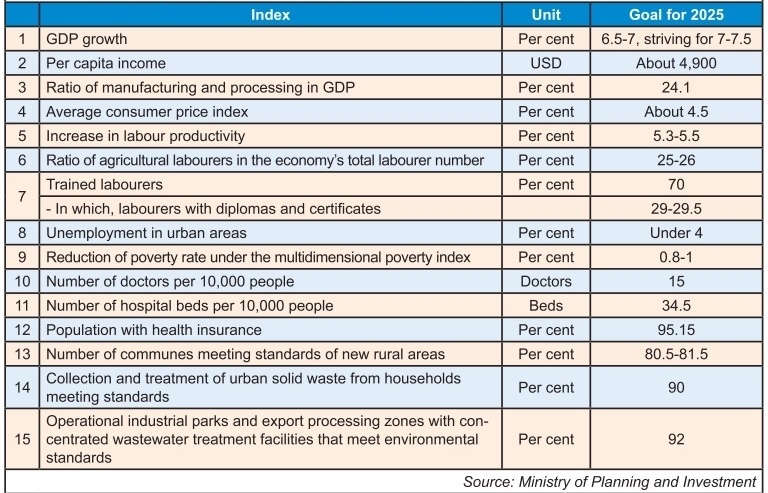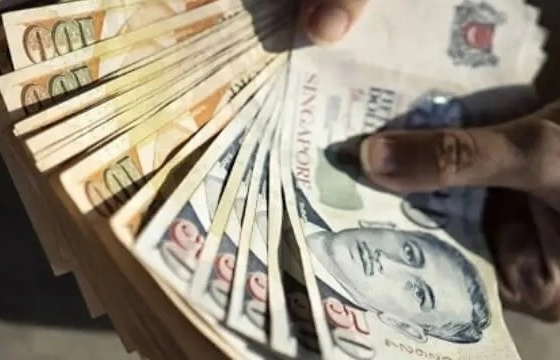US economy struggles to regain momentum
 The Commerce Department revised up its estimate for overall economic growth by a tenth of a point in its final revision of gross domestic product.
The Commerce Department revised up its estimate for overall economic growth by a tenth of a point in its final revision of gross domestic product.
The report was slightly better than expected, but nonetheless confirms a sharp deceleration of the world's largest economy from a 3.1 per cent pace in the fourth quarter of 2010.
"The final read on the first quarter growth confirms that the economy got off to a slow start in 2011 and more recent developments suggest that growth in the entire first half of this year will be slower than the economy's presumed long-run potential," said Jeffrey Greenberg at Nomura Global Economics.
But Greenberg said he sees some signs of better growth in the second half of the year.
"The economy moved sideways in the first half of the year, but temporary factors, such as severe weather, transitory energy prices, and Japan supply disruptions are abating and we expect the pace of growth to quicken in the second half," he said.
The GDP report reflected a downward revision to imports and an upward revision to inventory investment, which were offset by downward revisions to exports, to housing and state and local government spending.
The report "does not change the picture of slow economic growth in the first quarter with consumers hampered by a surge in inflation," analysts at RDQ Economics said.
The pace of expansion "is fairly dismal given the depth of the recession that the economy is recovering from," they added.
Although the economy has been growing since the recession ended in 2009, analysts say the relatively slow pace will make it harder to sustain momentum and bring down unemployment.
Consumer spending remained the key driver of economic activity, rising at a 2.2 per cent pace and contributing 1.52 percentage points to growth in the first quarter.
Looking ahead, a major question is whether growth will be strong enough to make a major change in the unemployment rate, which was 9.1 per cent in May.
"There are signs of hope for the second half," said economist Nigel Gault at IHS Global Insight.
"We are now seeing some unwinding of commodity price hikes, especially for oil, which was already down even before yesterday's release of strategic reserves. This means gasoline prices have further to fall. And the supply constraints in the vehicles sector will ease. "
A separate report showed US orders for big-ticket manufactured durable goods rose 1.9 per cent in May, rebounding from a sharp decline the prior month.
The report, a sign of the health of the manufacturing sector, was better than the 1.5 per cent increase expected by analysts but remained below the March level, which could mean the sector is still struggling.
"This report paints a much more upbeat outlook for manufacturing than other recent indicators," said analysts at RDQ.
James Marple at TD Economics said the durable goods data "should give some solace to the Federal Reserve (which) is also banking on a pickup in economic growth."
"An accumulation of disappointing economic reports over the last several weeks have battered stock markets and had forecasters scrambling to revise down forecasts for economic growth," Marple said.
"So, it was with some relief that the durable goods report this morning showed that there are still signs of life in the US economy heading into the second half of the year."
What the stars mean:
★ Poor ★ ★ Promising ★★★ Good ★★★★ Very good ★★★★★ Exceptional
Related Contents
Latest News
More News
- Thailand seeks to promote digital training (November 04, 2024 | 16:14)
- Indonesia attracts foreign investment in technology sector (November 04, 2024 | 16:08)
- Tropical storm Trami leaves at least 24 people dead in Philippines (October 24, 2024 | 17:36)
- Singapore grants conditional approval for solar power import from Australia (October 24, 2024 | 17:27)
- ASEAN digital economy set to reach $2 trillion by 2030 (October 22, 2024 | 15:08)
- Thailand asks Laos to waive visa fee at border checkpoints to boost tourism (October 21, 2024 | 17:23)
- Laos pledges to continue efforts to empower girls (October 21, 2024 | 17:17)
- Chinese electric vehicle maker to build plant in Indonesia (October 21, 2024 | 17:12)
- Vietnam Elevator Association introduces Elevator Safety Application to the world (October 18, 2024 | 09:00)
- A taste of the future - the go-to spot at the Worldchefs Congress & Expo 2024 (October 15, 2024 | 16:11)



 Tag:
Tag:





















 Mobile Version
Mobile Version